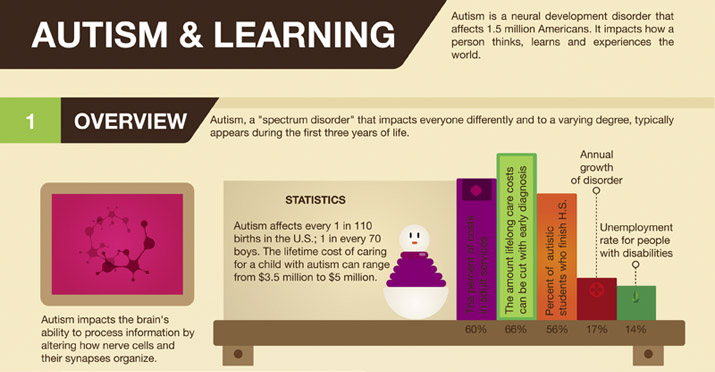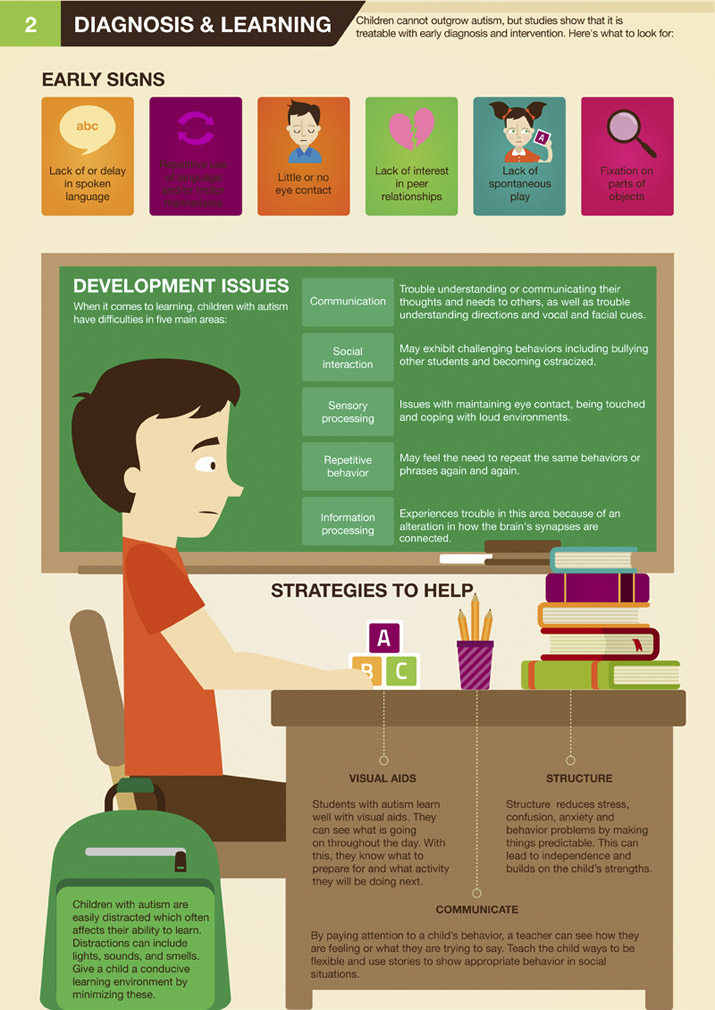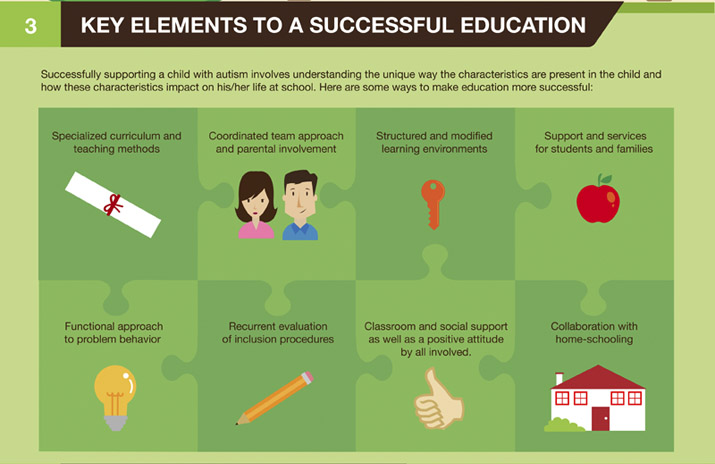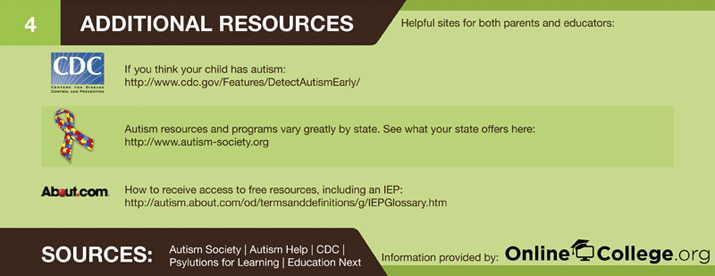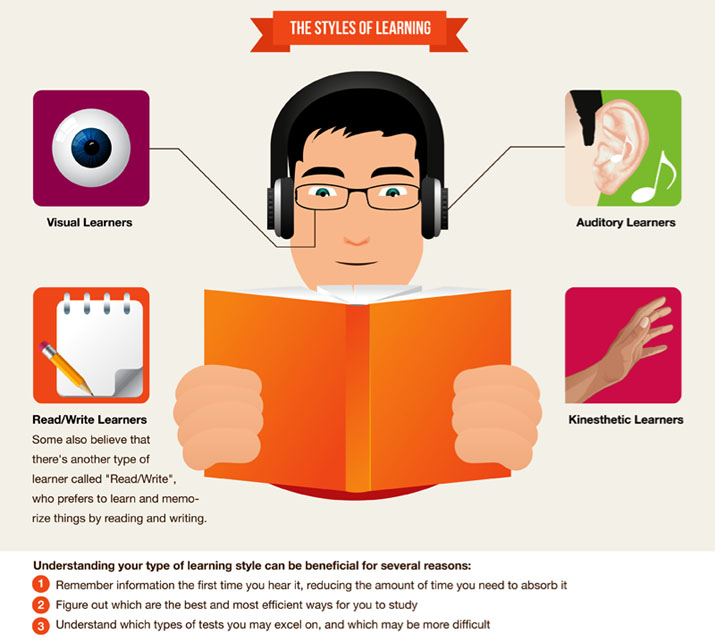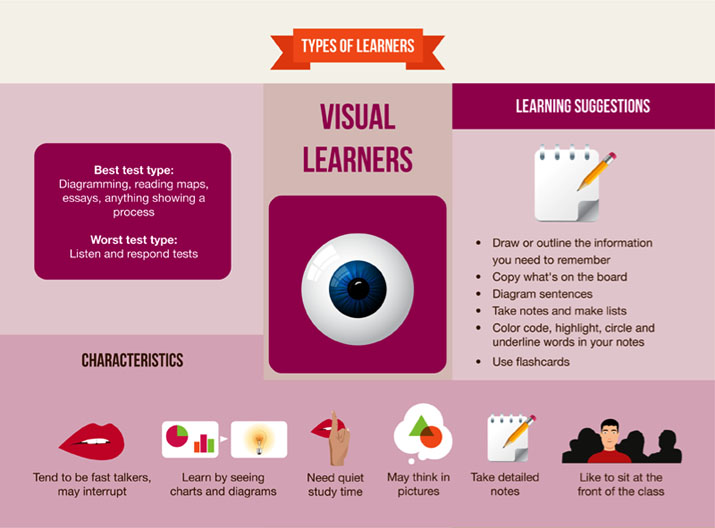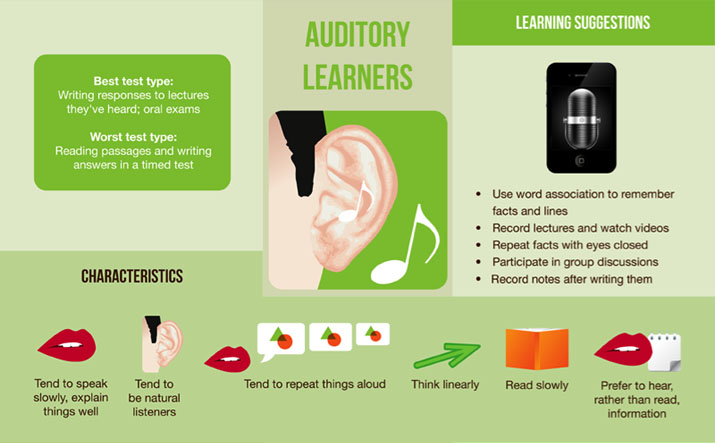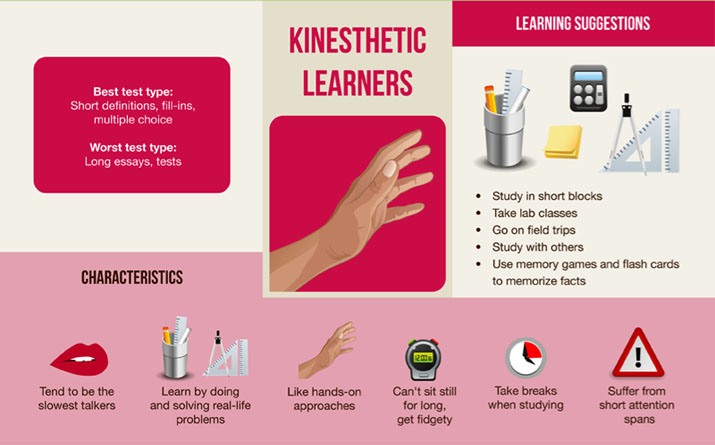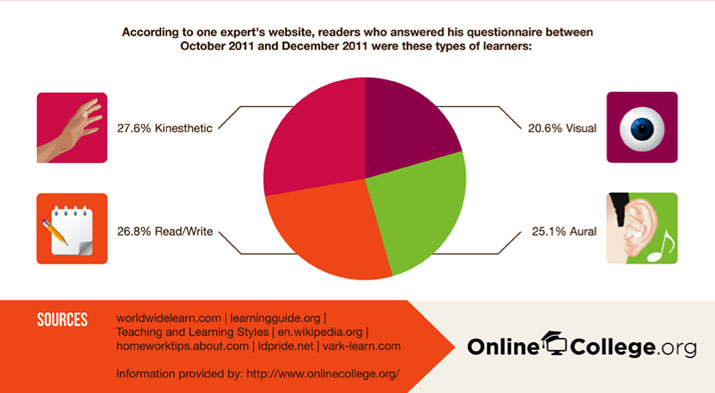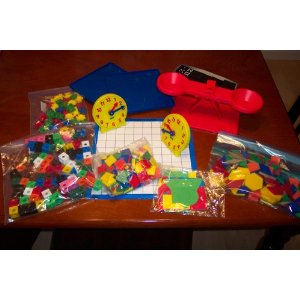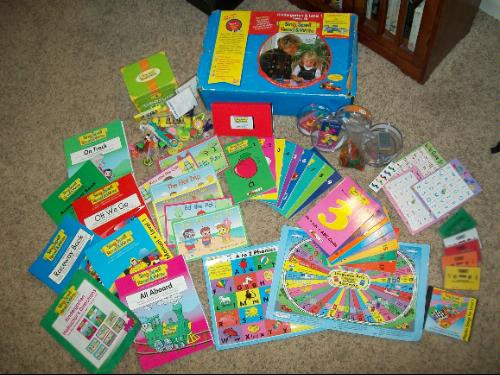If you are in California and want to set up your own private school as one of the four options that get started homeschooling your kids legally and right way, here is how to set up and file for PSA (Private School Affidavit) and set up your own private school for your kids to teach. Establishing Your Private School is easy once you know the steps and how to get started on it. Home educators may establish a private school based in their home by filing a Private School Affidavit with the California Department of Education as an option for homeschooling your own children.
Please check out our article on : How to Homeschool in California Article for more choices.
How and When to File the PSA?
One of the easiest way for parent to file for The Private School Affidavit can be online at the California Department of Education website from October 1st to October 15th of every year. You can file any other time during school year, but during Oct 1st through Oct 15th is easiest method. Schools that are created after the filing period should file at the time the school is established every year during these time. The CDE usually leaves the form up until early spring. If you need to file your affidavit and cannot do so electronically (or choose not to), you can still file a Statement in Lieu. We will share soon how to file Statement in Lieu in coming next articles.
If you need a step by step instruction on how to file PSA for California, here is free downloadable link: Step by Step Guide to File PSA
How the PSA Works For Homeschooling?
There is a huge misconception about it, as I was also not sure how it work and how it made it all legal. This is what the information I got from official California Homeschool Website. The Private school affidavit is not a license to private school. The State of California accredits neither public nor private schools if that makes sense. By filing an affidavit you are showing intent to establish a private school, and informing the state, as required by law. Parents have been legally using this provision for many years to conduct their own home-based private schools. So, I know it works and recommended by experts.
What are California Private School Requirements?
According to http://leginfo.ca.gov/, Education Code sections §48222, §48415, §33190, §51210 and §51220 set the criteria for a private school. The following legal requirements apply to all private schools regardless of size:
- The administrator of every private school must file an affidavit with the Superintendent of Public Instruction between October 1st and October 15th of each year.
- Private school instructors must be “capable of teaching.” There is, however, no requirement in the CA Education Code that mandates that teachers in a private school setting hold a state teaching credential or have the equivalent training.
- The names and addresses, including city and street, of the faculty must be kept on file, as must a record of the educational qualifications of each instructor.
- Instruction must be in English.
- Instruction must be offered “in the several branches of study required to be taught in the public schools.” The materials and methods you use to teach these areas are up to you. You are not required to teach every subject as long as it is offered and available to the student:
- Grades 1-6: English, math, social sciences, science, fine arts, health and phys ed.
- Grades 7-12: All that is included in the above plus: foreign language, applied arts, vocational ed and drivers ed.
For information about record keeping for Private schooling records see here: Private Schooling Records (Coming soon!)
Important Things to know about PSA (Private School Affidavit)
- Kindergarten attendance is not mandatory in California. You can teach your child at home but do not fill out PSA for Kindergartener.
- If you are using ISP or Charter school to homeschool, no need to file PSA as it is done by the school itself.
- Some Correspondence school PSP may require filing PSA while other do not. So check with your PSP when in doubt.
- Fingerprinting is not needed when a parent or legal guardian is working with his or her own children.
- State should not be asking more information other that what is listed in California Education §33190.
- If you are part of ISP, PSP, Charterschool program, no need for filing PSA is required.
- Best time to file for PSA is between Oct 1- Oct 15 of every year.
- Do not file for PSA as backup when you have signed in with public school, PSP, ISP or Charter school.
